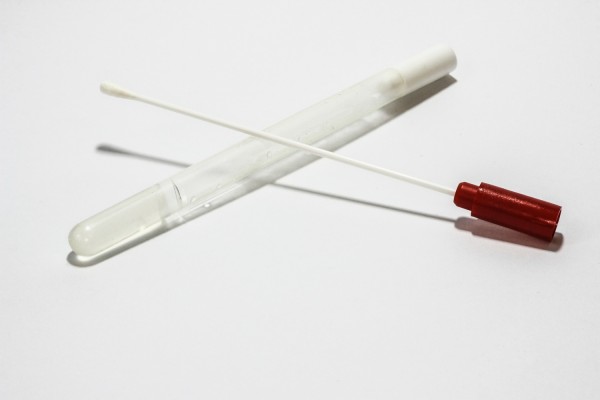New CRISPR-Based COVID-19 Diagnosis Technique, Utilizes Smartphone Camera
Having a smartphone in this era makes our lives simpler and easier. We don't need to connect our phones to wires and play music on speakers because of some of these phones' features. One feature that people use is being able to type documents on their phones and then sending them to a computer once they are done. It's just like having your computer only on a [way] smaller device.
ALSO READ: Researchers Develop New Technique for COVID-19 Testing That Does Not Need Scarce Reagents
Every year smartphones evolve and get upgraded, alongside the quality of the smartphone's camera. People typically buy a smartphone with a good camera to take their pictures and record videos for projects, vlogs, and other content they publish online. Gladstone Institutes, University of California Berkeley (UCSF), and University of California San Francisco (UCSF) joined forces, as they utilize the smartphone camera as the main proponent of COVID-19 diagnosis.

It is known that a swab test is the main diagnostic practice in determining if someone has been infected with SARS-CoV-2, the virus that causes COVID-19. According to UC Davis Health, swab testing uses a 6-inch long swab like a Q-tip inserted to the nose, reaching the cavity between the nose and mouth, repeating on the other side to make sure that there is enough specimen to be sent for testing. In a report made by Medical Xpress, the three proponents of the study are now closer to making the smartphone camera be utilized to administer diagnosis on the specimen, which will determine if an individual is COVID-19 positive or not.
In the traditional swab testing for COVID-19, Science Daily states that people usually queue for several days or even longer when there is a backlog in processing lab tests. Using CRISPR as the basis for COVID-19 smartphone camera testing, Science Daily added that UC Berkeley, UCSF, and Gladstone Institutes sketched the technology to provide accurate results within 30 minutes.
READ ALSO: COVID-19 Saliva Test Gets Emergency Approval From the FDA
In an article by UC Berkley, Gladstone Institute's senior investigator and president of Howard Hughes Medical Institute Investigator, Jennifer Doudna, Ph.D., said that CRISPR-based diagnostics is the potential for quick and accurate results at the point of need. She added that this would help places with limited access to testing or when rapid and frequent testing is needed. Meanwhile, Gladstone Institute of Virology director Melanie Ott, MD, Ph.D. told Science to direct that it is the urgent task of the scientific community to provide new testing options as well as increase the number of testing.
How does the diagnosis work
Medical Xpress reported that current COVID-19 tests use a method called quantitative PCR, which is the gold standard of testing. However, they added that this test for SARS-CoV-2 requires DNA (and the virus itself is an RNA). In response to this, Medical Xpress stated that the CRISPR diagnostics had required viral RNA to be converted to DNA, amplifying it to be detected, making it skip the conversion and directly detecting viral RNA.
UC Berkley added in their report that in the test, CRISPR Cas13 proteins are programmed to identify segments of SARS-CoV-2 viral RNA, which is then combined with a probe that becomes fluorescent when cleaved. Using the smartphone camera, the brighter the glow is associated with the number of particles in the sample. In her statement published in Medical Xpress, Dr. Ott mentioned that this type of smartphone-based diagnostic test could play a vital role in future pandemics and control the current surge in COVID-19.
READ NEXT: Tennessee Accidentally Lists COVID-19 Testing Materials on Auction Site
Check out more news and information on COVID-19 on MD News Daily.
Dec 06, 2020 06:10 AM EST





